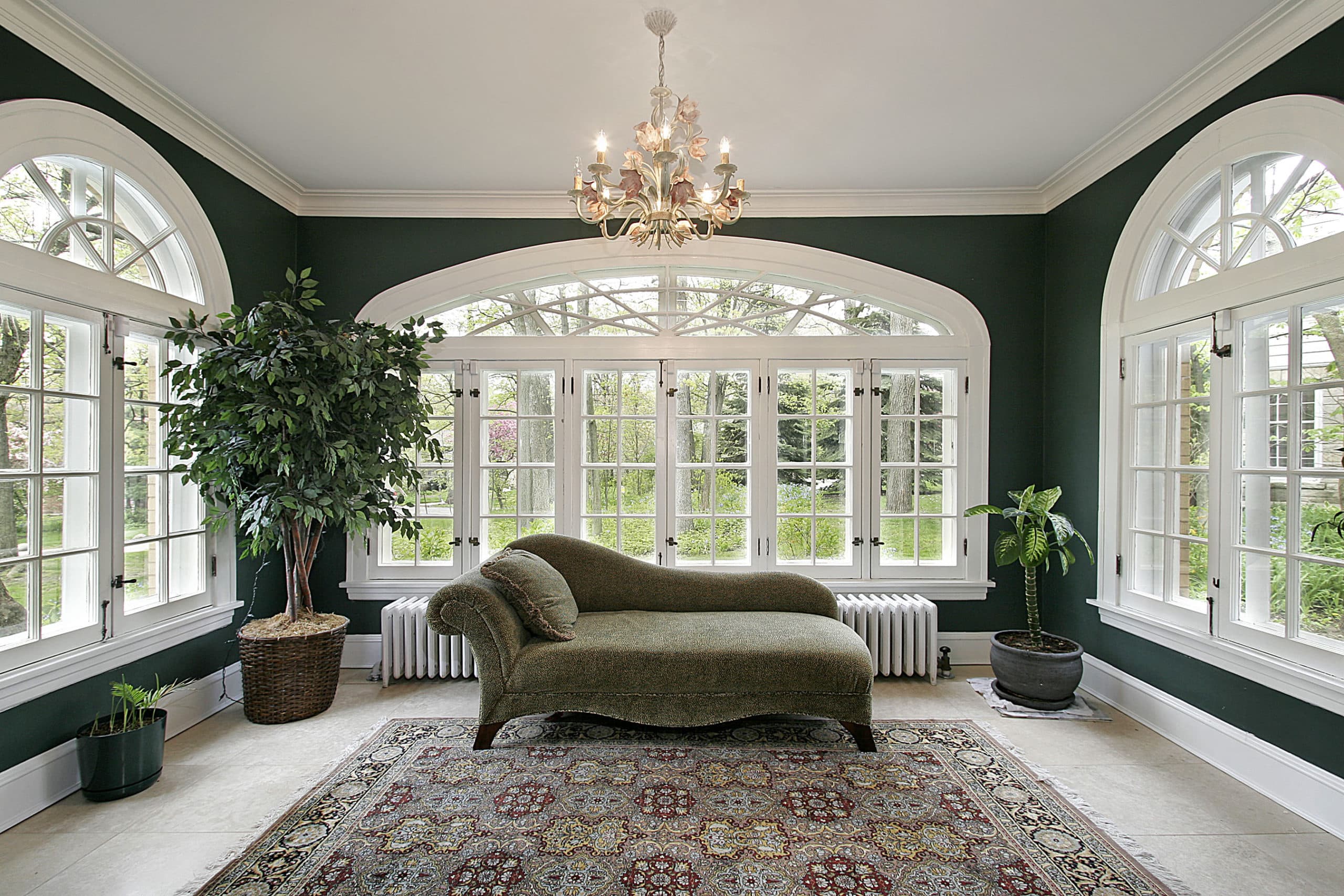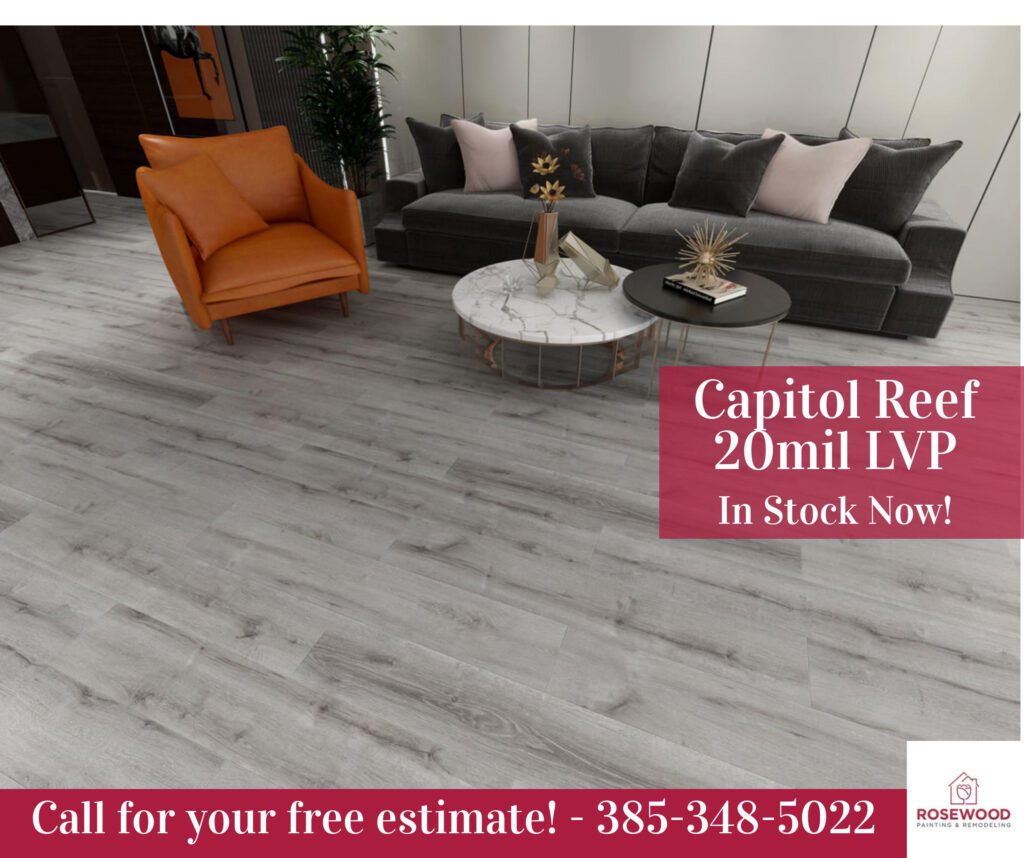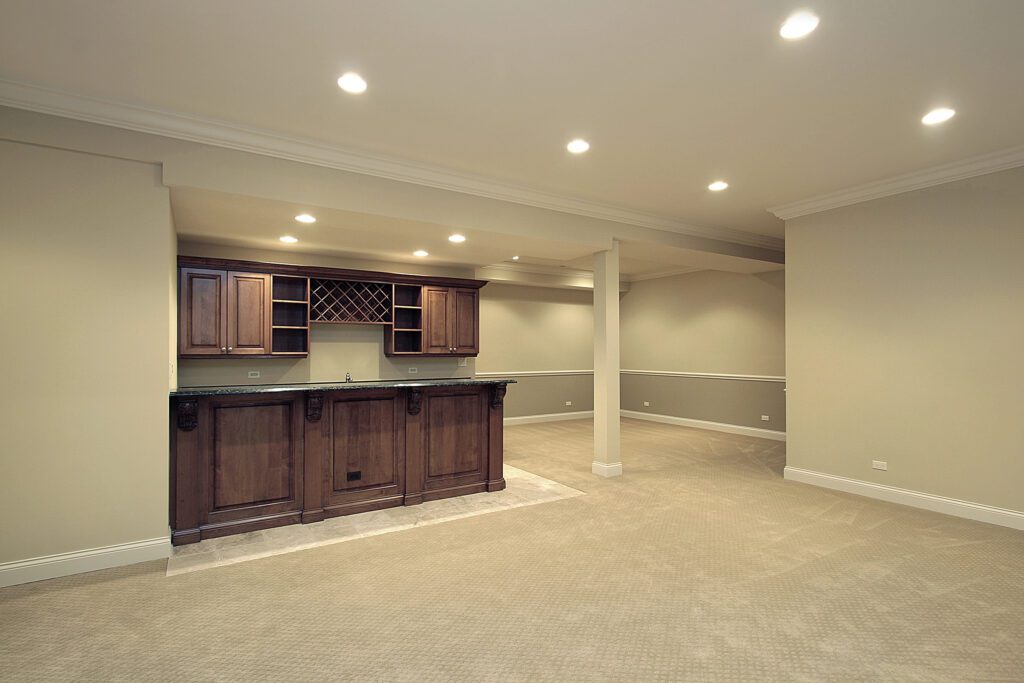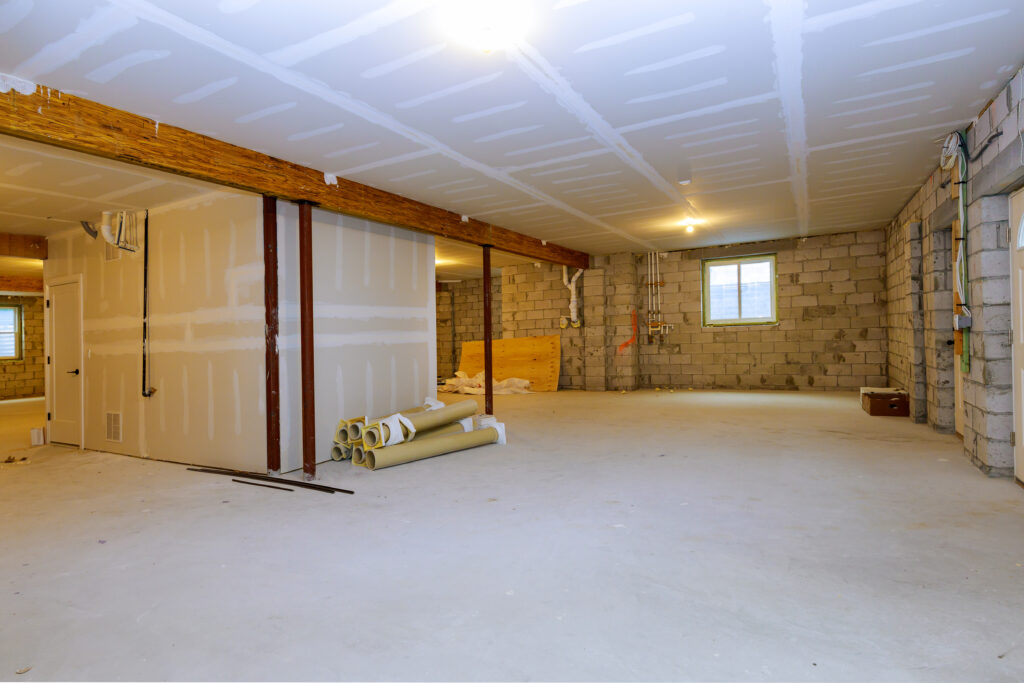It’s the beginning of a New Year and most people are looking for a refresh – whether it’s a wardrobe update, a new hobby, or a new gym membership, change can make our lives feel a bit more exciting and fun. Just like the feeling you get when you rearrange the furniture in a room, sprucing up your home with renovations can be a great way to make a familiar space feel new.
Maybe you’re thinking of redoing a room or two in your home, but you don’t want to break the bank to get a new look. Renovating doesn’t have to be overwhelming and empty out your pockets – there are some effective ways to stick to a budget and still feel satisfied with your new space:
- Plan and Prioritize
- Stick to Your Plan
- Repurpose the Old
- Stick to Quality
- Reimagine Your Space (organize, rearrange, etc.)
- Find a Knowledgeable Contractor
Once you’ve made a plan, finding the balance between sticking to it and being creative within the limits is going to help make the process exciting and leave you satisfied by the end.

1. Plan and Prioritize
A seemingly obvious, but nonetheless important, step to keep in mind is the making of the budget. Whatever amount of money you have to work within, nobody likes to spend more than they have to. Determine a realistic goal for the costs, prioritizing what needs to get done first and foremost. Ensure that you are focusing on what needs to be done versus what you would like to get done and adjust the numbers accordingly.
2. Stick to Your Plan
An easy way to go past your budget is by making the limit and then not sticking to it. Two traps can quickly cause your project to go south: adding more costs than intended, and not revisiting your budget. Small costs can be easy to justify or let slip, but they add up. Make sure you know what you’re paying for at the beginning of the renovation process and don’t pay for more than that.
A similar mistake is making your budget and then letting it collect dust. A budget is not going to be of much help if you are not staying on top of it. Regularly plug in costs and do the math to keep track of spending and give yourself peace of mind.

3. Repurpose the Old
Using your imagination is one of the best tools when trying to stick to a budget. Many think that you need to get brand new everything in order to change up the space – but not so! Instead of throwing out or replacing your old cabinets or furniture, swap out the hardware or give it a new coat of paint. A room can often feel brand new with just a few small changes to what’s already there.
4. Stick to Quality
Though it may seem counterintuitive, sometimes spending more upfront will allow you to save more down the road. Buying cheap items can appear to be more budget-friendly, but low-quality options can lead to obvious wear-and-tear and breakage faster. Investing in quality renovations with durable materials that last will help prevent costs for repair or replacement in the future.
5. Reimagine Your Space
Similar to tip #3, creativity can often be your friend. Instead of demolishing everything in your kitchen or throwing away your whole living room, think of ways to increase the storage or rearrange the biggest items. Maybe adding extra shelves or installing some cabinet dividers and hanging racks can solve any space problems in your kitchen. Maybe investing in an entertainment center that doubles as a cabinet can allow for you to rearrange your living room furniture to open up the space. Thinking smarter and allowing your creative juices to flow can transform your home while sticking to your budget.

6. Find a Knowledgeable Contractor
Though DIY is some people’s preferred method to home renovations, hiring a professional contractor can also be an excellent option. Find someone who can not only help you stick to your budget, but also has the expertise to provide quality results for your home. Rosewood Painting and Remodeling has extensive services to help you feel comfortable and excited in your newly renovated home. We understand the importance of sticking to a budget and still getting quality work done, so we do our part to work with you and enhance your quality of life.
Whatever it is that you’re looking to do for your home – whether a one room refresh, or a remodeling of the entire house – these six tips will help you feel confident in your budget and confident in your home. Time for the New Year, New Home!






